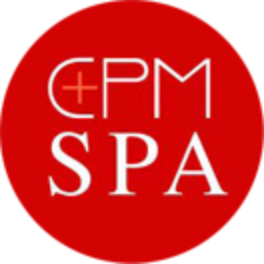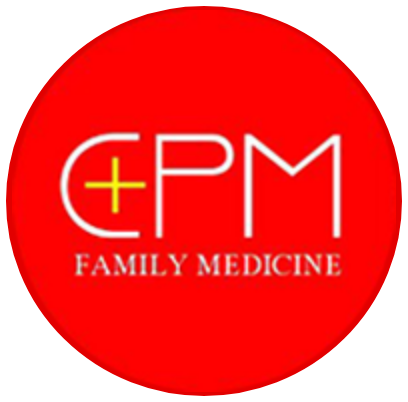What is LED light therapy?
LED (light-emitting diode) light therapy is a non-invasive skincare treatment that penetrates the layers of the skin to enhance its condition. This therapy was initially studied by NASA in the 1990s for its potential in aiding wound healing in astronauts by promoting the growth of cells and tissues.
Nowadays, LED light therapy has become a common tool in dermatology and aesthetic practices for addressing various skin issues. Skin specialists often incorporate LED light therapy alongside other treatments, such as topical creams, ointments, and facials, to maximize the overall results.
Additionally, there is a wide range of at-home LED light therapy devices available for personal use. These include LED masks and other gadgets designed to offer the benefits of LED therapy conveniently at home.
What does LED light therapy do?
LED light therapy is an innovative and versatile treatment method for a wide array of skin concerns and conditions, including:
- Eczema: Helps in reducing inflammation and irritation.
- Hair Loss: Can stimulate hair follicles and promote regrowth.
- Mild to Moderate Acne: Blue LED light, in particular, is effective against acne-causing bacteria.
- Psoriasis: Assists in alleviating symptoms by reducing inflammation.
- Actinic Keratosis: Addresses rough, scaly precancerous spots on the skin.
- Rosacea: Reduces inflammation and redness associated with the condition.
- Sun Damage: Aids in skin repair and rejuvenation.
- Wounds: Accelerates healing by promoting tissue regeneration.
- Wrinkles: Stimulates collagen production, reducing the appearance of fine lines.
In some instances, LED light therapy is also used in the treatment of small and superficial basal cell carcinoma (BCC), a type of skin cancer. BCC is the most prevalent form of cancer in the United States, affecting approximately 3.6 million Americans each year. LED therapy’s ability to target and treat these varied conditions showcases its significant potential as a non-invasive skin treatment option.
Are there different kinds of LED light therapy?
LED light therapy employs a spectrum of wavelengths corresponding to various visible colors, each penetrating the skin at different depths:
- Blue light targets the uppermost layer of the skin.
- Yellow light reaches deeper into the skin.
- Red light penetrates further, affecting deeper skin layers.
- Near-infrared light has the deepest penetration.
- The different colors of LED light serve specific functions.
For instance:
- Red LED light therapy is believed to reduce inflammation and stimulate collagen production. Collagen is a key protein for maintaining youthful skin and naturally decreases with age.
- Blue LED light therapy is known for its ability to destroy acne-causing bacteria, namely Propionibacterium acnes (P. acnes).
During professional treatments, skin specialists often use a combination of these lights to address specific skin concerns more effectively.
Does LED light therapy actually work?
Research indicates that LED light therapy can be effective in reducing and improving various skin conditions and issues. However, consistency is key; regular treatments are necessary to see significant improvements in skin health.
In-office LED light therapy sessions typically employ devices of higher power and intensity compared to at-home alternatives, which contributes to their effectiveness. As a result, professional treatments can offer more dramatic anti-aging or acne-reducing results.
What doesn’t LED light therapy treat?
LED light therapy, while beneficial for a variety of skin issues, does not effectively address certain types of acne and related problems, such as:
- Acne Cysts: Deep, painful, and inflamed breakouts.
- Blackheads: Open pores clogged with oil and dead skin cells.
- Whiteheads: Closed pores clogged with oil and skin cells.
Additionally, it’s important to note that some research has raised concerns about blue light therapy. Specifically, there is evidence suggesting that exposure to blue light could potentially contribute to skin aging by causing free radical damage.
How long does it take for LED light therapy to work?
To achieve noticeable benefits from LED light therapy, a series of in-office treatments is usually required. This often involves undergoing a treatment weekly for approximately a month. Following this initial series, maintenance treatments may be necessary, typically on a monthly or every few months basis, to sustain the results.
At-home LED light therapy devices also demand a significant time commitment, although this varies depending on the device. Some devices may require usage twice daily for 30 to 60 minutes over a period of four to five weeks. Others are designed for shorter daily sessions, lasting just a few minutes.
Who should not have LED light therapy?
LED light therapy is not suitable for everyone. It’s not recommended for individuals on medications like isotretinoin or lithium, which increase sunlight sensitivity, due to heightened risk of adverse reactions. Additionally, those with a history of skin cancer or inherited eye diseases should avoid this therapy, as light exposure could worsen these conditions.

